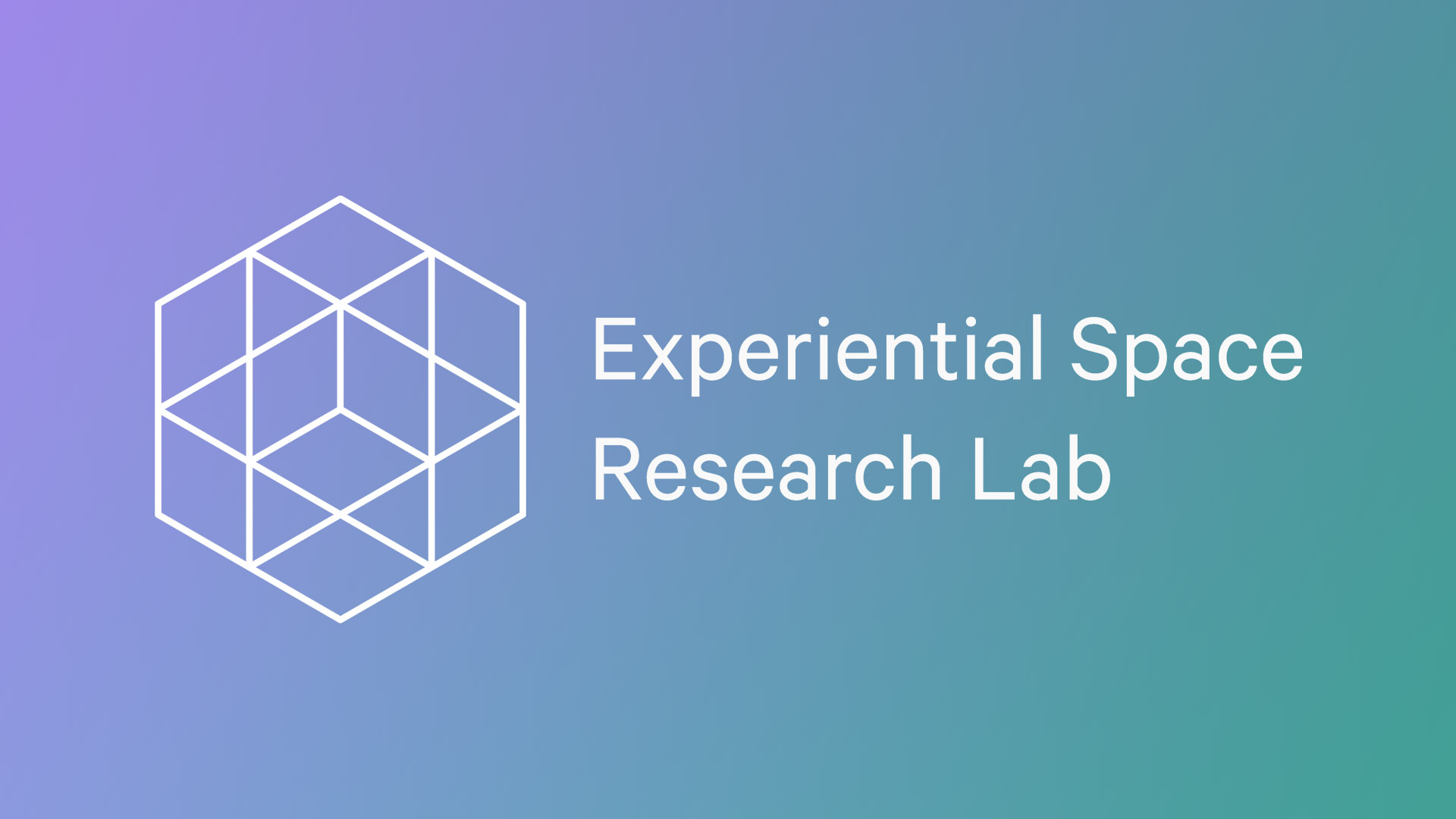
Experiential Space Research Lab
with Knight Foundation
In the last five years, we have seen a cultural shift and trend towards large-scale installations that invite audiences to be fully engulfed by environmental art. The phenomenal success of pop-up museums have highlighted the public’s obsession with immersive exhibitions.
But how have these installations suddenly captured the imagination of audiences in this attention-driven economy? And given their success, how can artists engage with the format of interactive installations as a critical thinking tool?
Through this Research Lab, Gray Area is conducting field research, holding an open call for experiential art centered around social and civic action, and will support artists in developing a public exhibition to test this model. With this deeper understanding, we will produce a comprehensive playbook on supporting media artists and critically engaged, creative work.
Research Lab Components

Survey
Interviewing artists and audiences on the current landscape of experiential spaces.

Research Lab
Artists have been selected from an open call to develop and produce experiential spaces.


Experiential SpaceBook
Through this Research Lab, we will develop a playbook for artists to create immersive digital art experiences.
In Context

Within the past decade, we have begun to see a shift in galleries, museums, and pop-up art exhibitions move away from what has become the widely standard white cube aesthetic, and towards immersive installations that transform the surrounding environment often into interactive spaces. Audiences no longer want to simply attend an exhibition, they want to experience a transformation of time, space, and sense of self within a new landscape.

While the development of immersive installations may appear to have emerged suddenly, immersive art follows a long history of artwork integrated into and interacting with its surroundings. A better understanding of how the relationship between the viewer, the artwork, and the environment has shifted over the arc of art history can help us better understand the context of immersive installations have come to be in this cultural moment.
This relationship between viewer, artwork, and the surrounding environment is one that has been in flux for centuries. Some of the earliest examples of artistic endeavors were created directly in the environmental spaces of religious architecture (and consequently funded by religious institutions), from intricate, interlaced arabesques in Islamic mosques to parabolic frescoes arching across chapel ceilings.

As the practice of painting proliferated, so did the lavish display of artwork. The Paris Salons exhibited paintings covering every available inch of space of gallery walls, with ornately framed artworks presented in dense, floor to ceiling arrangements. This salon style was believed to allow for a better comparison of styles and movements across the extensive amount of art displayed.

In 1930s, New York’s Museum of Modern Art was widely credited with institutionalizing the “white cube” approach, in which artworks were displayed in wide, open galleries with vast, white walls. This method was in response to minimize distraction, to allow each painting or sculpture to speak for itself and further elevate each individual artwork. This white cube aesthetic focused attention on the artwork — rather than the environmental context or monumental scale in which artwork was to be viewed — and paralleled the 20th century’s shift towards commercial art and the rise of the art object.

Partly in opposition to the rise of the art market, in the 1960s a broader movement in conceptual art led artists to break beyond traditional, commercial formats and gave rise to land art, in which gestures were made directly in the landscape, at times sculpting the land and itself introducing the natural environment as a medium.
In parallel to the art world’s shift in the dynamic between the viewer, artwork, and their environment, explorations in expanded cinema sought to expand storytelling beyond a linear narrative on a rectangular screen. In theater, immersive theater productions that break the “fourth wall” and challenge the conventions of spectatorship, often creating more participatory roles for the viewer to directly engage within scenes.
The advent of new technology in virtual reality, augmented reality, and in game design have further expanded what types of immersive storytelling can be realized and mapped onto virtual worlds and urban landscapes. Within all these forms of storytelling, immersive environments are pushing the boundaries of each art form. Specifically, they subvert the traditional, often one way, relationship between the audience and the stage. However this re-framing of audience viewpoint shifts the balance between immersion and agency: immersion can erode a viewer’s sense of self within a larger environment, while the potential of interactivity can also heighten one’s self awareness within a work.

Participate
Coinciding with the launch of our research lab, our team will continue conversations this month with artists who have transformed environmental, architectural, and virtual spaces as a means of contemporary storytelling.
Have you created or attended an experiential space that you’d like to share with us?
We are using this survey to gather information from immersive experience makers and participants. You’re invited to complete this survey and tell us about an immersive experience you’ve attended or created.
Partners

Knight Foundation
Knight Foundation is a national foundation with strong local roots. The foundation supports informed and engaged communities and strongly invests in journalism, the arts and cities. Knight Foundation also supports innovative experiments in the use of digital media and technology to inform. The foundation identifies, explores and invests in innovative technology approaches and applications with the greatest potential to advance the fields in which they work.

